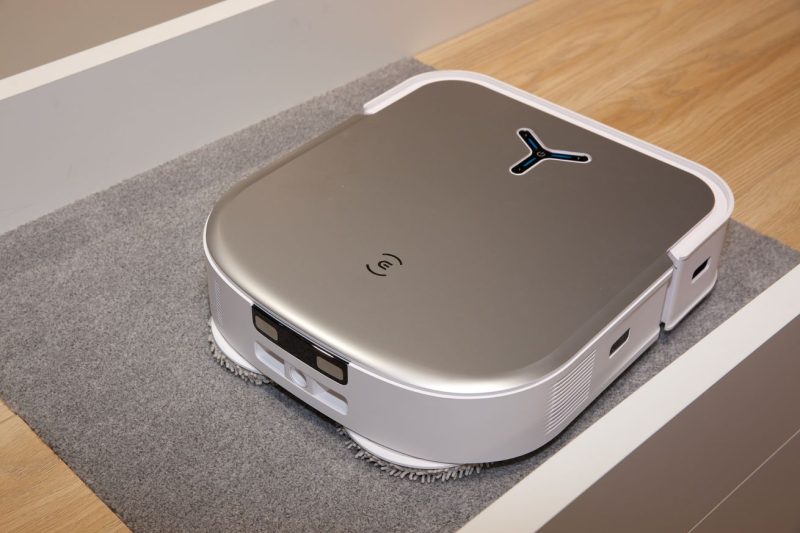Hackers Taking Over Robovacs: A New Trend in Cybersecurity
The recent incident where hackers took control of robovacs to scare pets and yell insults is a disturbing example of the vulnerabilities present in our increasingly connected world. While this may sound like a harmless prank, it raises serious concerns about the potential misuse of internet-connected devices and the implications for cybersecurity.
One of the key issues highlighted by this incident is the lack of security measures in place for smart home devices. Many consumers are unaware of the risks associated with these devices and may not take the necessary precautions to protect their privacy and security. As more and more devices become connected to the internet, the attack surface for hackers continues to grow, making it easier for them to exploit vulnerabilities and gain unauthorized access.
In the case of robovacs being hacked, it is not just a matter of privacy invasion or frightening pets. This incident serves as a wake-up call for manufacturers, consumers, and cybersecurity experts to pay more attention to the security of IoT devices. Hackers could potentially gain access to sensitive personal information stored on these devices or use them as entry points to launch more serious cyber attacks.
It is essential for manufacturers to prioritize security in the design and development of IoT devices. This includes implementing robust encryption protocols, regular security updates, and stronger authentication mechanisms to prevent unauthorized access. Consumers also play a crucial role in mitigating these risks by being mindful of the devices they bring into their homes and taking steps to secure them properly.
Furthermore, incidents like the hacking of robovacs underscore the need for better cybersecurity education and awareness among the general public. Many individuals may not realize the potential risks associated with internet-connected devices and may inadvertently expose themselves to cyber threats. By promoting greater awareness and understanding of cybersecurity best practices, we can empower people to take control of their digital security and protect themselves from potential attacks.
In conclusion, the hacking of robovacs to scare pets and yell insults is a concerning example of the vulnerabilities present in IoT devices. This incident highlights the need for improved security measures, greater awareness, and proactive efforts to mitigate cybersecurity risks in our increasingly connected world. By working together, manufacturers, consumers, and cybersecurity professionals can help create a safer digital environment for all.




























